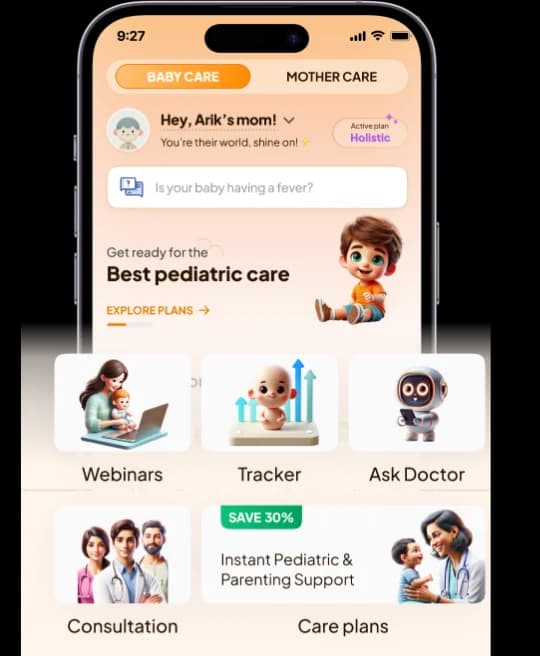
Childhood Apraxia Of Speech (CAS)
Childhood Apraxia Of Speech (CAS), also known as Developmental Apraxia Of Speech (DAS), is a motor speech disorder that affects a child's ability to speak. It is a relatively rare condition that is characterized by difficulty planning and coordinating the movements necessary for speech production. CAS is not caused by muscle weakness or paralysis, but rather by a problem with the way the brain sends signals to the muscles involved in speech.
In this blog, we will explore the various aspects of CAS and how it affects babies.
What is Childhood Apraxia Of Speech (CAS)?
Childhood Apraxia Of Speech (CAS) is a neurological disorder that affects a child's ability to plan and coordinate the movements required for speech. It is a motor speech disorder that affects the ability to speak, and not a language disorder, as children with CAS often have a good understanding of language.
CAS can affect a child's ability to communicate effectively, which can impact their social interactions and academic performance.
Risk Factor
While the exact cause of CAS is unknown, there are certain risk factors that may increase the likelihood of a child developing the condition. These risk factors include:
- Genetic predisposition
- Premature birth or low birth weight
- Family history of speech and language disorders
- Neurological disorders such as cerebral palsy or Down syndrome
- Exposure to toxins or infections during pregnancy
Causes
- The exact cause of CAS is not known. However, it is believed that the condition is caused by a problem with the neural pathways that control speech production.
- The neural pathways responsible for speech production are complex, and any disruption or damage to these pathways can lead to CAS.





